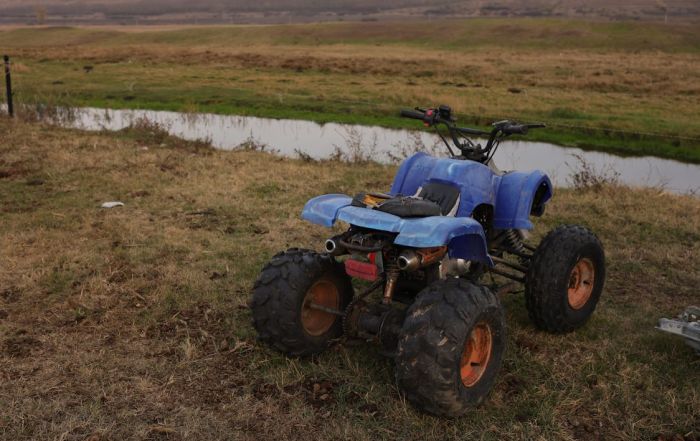
Slip-and-Fall on Government Property
Imagine this scenario: You’re strolling through a government-owned property, perhaps a library or a municipal building. The surroundings are familiar and seemingly safe. Then, without warning, your foot catches on an unseen hazard – maybe a patch of uneven flooring, a slippery surface, or an unmarked step. In an instant, you lose your balance. Before you can react, you find yourself on the ground.
The impact is sudden and jarring. Pain flares from the point of contact, maybe your wrist as you tried to break your fall, or your hip that bore the brunt of the impact.
This moment marks the beginning of an unexpected and distressing journey. Beyond the immediate physical pain, there’s the creeping realization of the consequences this fall might have: medical expenses, potential long-term injuries, and the daunting prospect of navigating a legal claim against a government entity. It’s a scenario that’s as bewildering as it is unsettling, thrusting you into uncharted waters where the next steps are anything but clear.
This blog is your guide through this complex journey. We will explore everything you need to know about slip-and-fall cases on government property: outlining the legal duties of the government, demystifying the process of filing a personal injury claim, and explaining how a lawyer can be instrumental in protecting your rights and securing fair compensation.
Understanding Slip-and-Fall Accidents on Government Property
A slip-and-fall accident is typically an incident where an individual falls and sustains injury due to hazardous conditions, such as wet floors, uneven surfaces, or poor lighting, among others. When such incidents occur on government property, they take on a different legal dimension. Government properties include:
- Public Parks: Green spaces, playgrounds, and recreational areas managed by municipal or federal governments.
- Government Buildings: This includes city halls, courthouses, public libraries, and other administrative buildings.
- Public Sidewalks: Walkways alongside public roads and streets maintained by local municipalities.
- Public Schools: Educational institutions operated by school boards or government entities.
- Public Hospitals and Health Facilities: Government-funded and managed hospitals, clinics, and health centers.
- Government-Owned Museums and Cultural Centers: Publicly funded and operated museums, galleries, and cultural institutions.
These areas are expected to be maintained in a manner that ensures the safety of the public. However, when this duty of care is breached, resulting in an accident, the legal implications can be significant.
Government Entity’s Responsibility in Slip-and-Fall Accidents
Under the Occupiers’ Liability Act (OLA), government entities are responsible for maintaining safe conditions on their properties. This duty involves regular inspections, timely repairs, and adequate warning signs in areas undergoing maintenance.
When a slip-and-fall accident occurs due to a government entity’s failure to uphold these responsibilities, the injured person may hold them liable. Specific circumstances that could lead to a government entity being deemed negligent include failing to promptly clear ice or snow from walkways, neglecting to repair hazardous conditions, such as broken pavement or unmarked obstacles, and not providing sufficient lighting in public areas.
Seeking Compensation: Your Rights and Options
Victims of slip-and-fall accidents on government property may be eligible for various types of compensation. These include reimbursement for medical bills incurred due to the injury, reimbursement for lost income, and possibly, damages for pain and suffering. A lawyer with experience in slip-and-fall personal injury cases can provide invaluable guidance on the types of compensation applicable to your case and the best approach to secure them.
Filing a Slip-and-Fall Claim Against a Government Entity

Filing a claim against a government entity involves a stringent process. First and foremost, it’s important to act quickly. The initial notification of a claim against a government entity responsible for a slip-and-fall must be submitted within 10 days of the incident.
This initial notification should include details of the incident, such as the time, location, and nature of the fall. From there, the process involves gathering evidence, submitting a formal claim, negotiating a settlement, and if necessary, litigation.
Potential Complications in Slip-and-Fall Claims on Government Property
Claimants pursuing personal injury claims against government entities often encounter several complications. Proving negligence can be challenging, as it requires clear evidence that the entity knew or should have known about the hazard.
Bureaucratic red tape and stringent legal requirements also pose hurdles. Strict timelines for notification and filing claims add pressure and complicate the process, which can lead to missed opportunities if deadlines aren’t met.
Another challenge claimants face is calculating and proving the full extent of the damages suffered, including medical expenses and lost income. These complexities underscore the importance of having experienced legal representation to navigate these challenges effectively.
The Role of a Personal Injury Lawyer in Slip-and-Fall Cases
An experienced personal injury lawyer understands the nuances of government liability, is familiar with the legal procedure that must be followed, and knows how best to build and argue your case.
From identifying the appropriate government entity to file a claim against, to gathering and presenting evidence that substantiates your claim, their know-how is invaluable.
Personal injury lawyers construct compelling arguments on your behalf that highlight the negligence of the government entity. They also handle the negotiation with government representatives and, if necessary, fight for your compensation in court. Their expertise ensures that your case is well-prepared and presented, thereby maximizing the chances of a successful outcome.
McNally Gervan – Empowering Victims of Slip-and-Fall Accidents
Understanding the process and knowing the importance of seeking legal support are key to successfully navigating a slip-and-fall claim on government property. Victims should be reassured that with the right steps and professional assistance, they can overcome the challenges of these cases and achieve a resolution that acknowledges their suffering and compensates for their losses.
No matter your personal injury issue, we can help. Whether it’s a slip-and-fall accident on government property, a fatal injury, a life insurance dispute, or other, contact McNally Gervan. Reach out to us for a consultation to discuss your specific case. Our team of personal injury lawyers is committed to guiding you every step of the way.






Follow Us